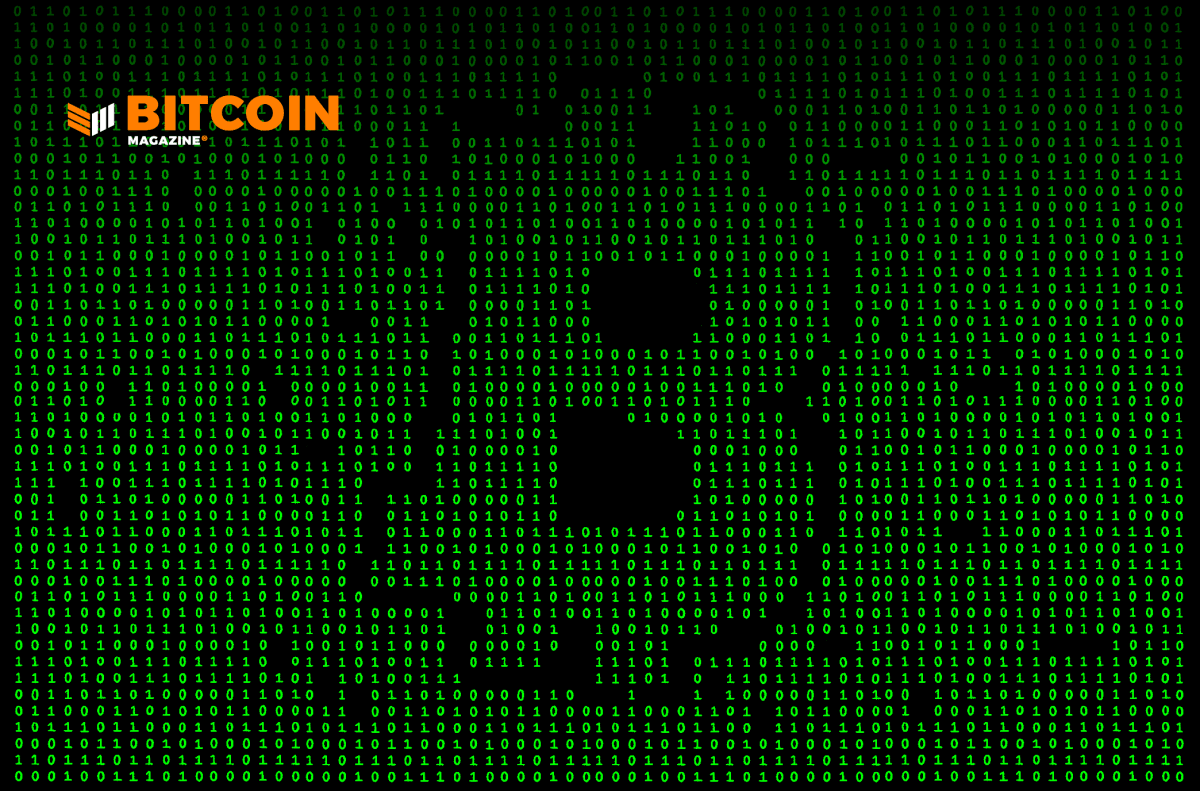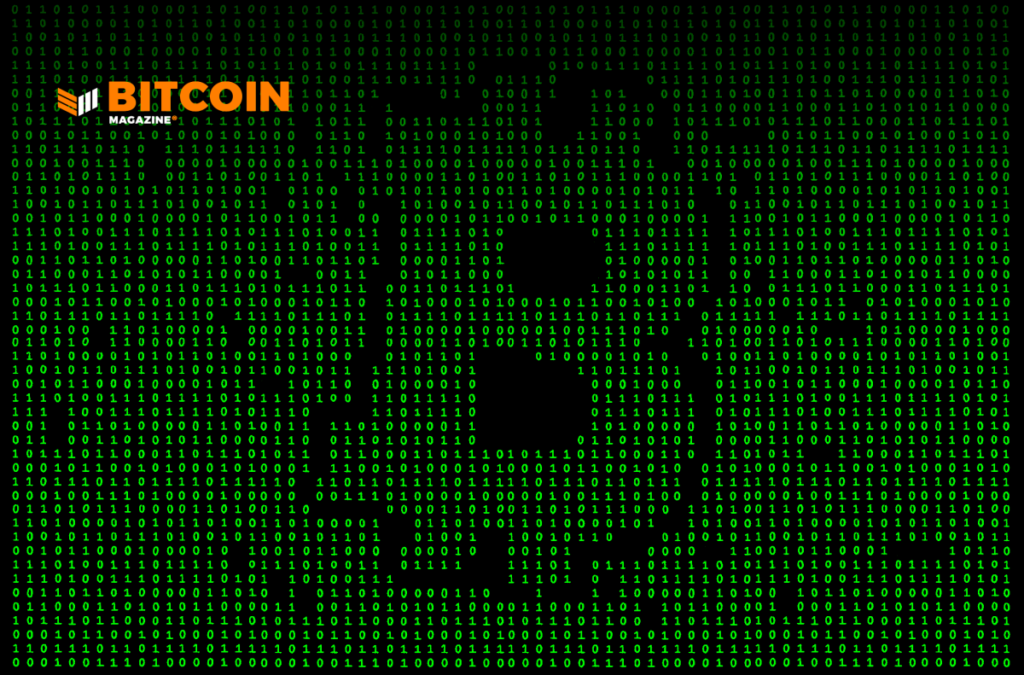[ad_1]

This is an opinion editorial by Don McAllister, a technologist who has made several video tutorials on Bitcoin.
At its inception, bitcoin was worthless; it had no monetary value. Early adopters could mine hundreds, if not thousands of bitcoin on simple laptops. As such, there was no need to enumerate it in other units than whole bitcoin. The Bitcoin protocol was designed to accommodate smaller fractional units but there was no need to use them in the early days as tens, hundreds and even thousands of bitcoin were the norm. The first known purchase using bitcoin was 10,000 bitcoin for a couple of pizzas.
Using whole bitcoin to enumerate was logical and necessary. As bitcoin adoption and its monetary value increased, there was still no need to use the smaller fractions of bitcoin — these fractions being the bit and the sat. A single bitcoin can be divided into 1,000,000 bits or as small as 100,000,000 sats (short for satoshis).
However, as bitcoin has increased in value to tens of thousands of dollars for a single bitcoin, a reset is well overdue for how we quantify value using the Bitcoin protocol. A reset is needed to foster familiarity for new adopters as bitcoin edges ever closer to being used as a medium of exchange.
We are still so early in the bitcoin adoption cycle. Although it’s estimated that up to 100 million people hold the asset, most people yet to adopt bitcoin are both suspicious and confused as to what bitcoin actually is. At this point in the adoption cycle, it’s probably safe to say that the vast majority of individuals introduced to bitcoin in the retail space will never accumulate one whole bitcoin.
As bitcoin issuance slows down and as institutional investors jump in and as the price invariably increases, this will only be reinforced over time. If you hold one or more bitcoin at this point in time, you’re in a very fortunate position that will be unattainable for most individuals moving forward. Not even every millionaire in the world will be able to own a single bitcoin. It’s estimated there are over 50 million millionaires in the world, but there will never be more than 21 million bitcoin.
To be honest, bitcoin is a terrible name. For the uninitiated, a bitcoin could be a reference to a physical object, i.e., a bit coin. Obviously, bitcoin is a digital asset, but this is in conflict with its name. In addition, bitcoin can be used to describe two things: the monetary network (Bitcoin) and the monetary asset (bitcoin).
Bitcoin the monetary network is one of the largest and most secure computer networks in existence. It is the core technology that provides the necessary framework and communications channels for bitcoin transactions and runs on thousands of nodes around the globe. The Bitcoin network is unparalleled for reliability and security.
Bitcoin, the monetary asset, is both confusing and alien to those who have yet to adopt it. Its current high value leads many people to think they cannot afford to adopt bitcoin or that they have missed the boat. This is because most people still hear about bitcoin priced as whole units with an unaffordable price tag.
Even though current early adopters of bitcoin are comfortable breaking down bitcoin and using eight decimal places, e.g., 0.00002345 or 2,345 sats, this method is completely alien and off-putting to non-holders.
To understand why, let’s apply some of the mechanisms and nomenclature of bitcoin to familiar fiat currencies. Let’s start by applying this existing method of bitcoin enumeration to the U.S. dollar.
Let’s invent an imaginary USDcoin.
USDcoin = 100,000,000 cents. (Let’s ignore the fact that in reality, 1 dollar = 100 cents.) Now let’s say that the USDcoin has been adopted and is used as a medium of exchange. Imagine the average person walking into a store to purchase a fridge and seeing it priced as: Fridge = 0.00030000 USDcoin or 30,000 cents.
This is totally alien and unfamiliar. So let’s banish the USDcoin moniker completely.
Instead, let’s enumerate using dollars at their actual value of 1 dollar = 100 cents.
So 30,000 cents = $300.00.
See how much more familiar and comfortable that feels?
You have the dollar symbol so you can instantly see it as dollars and you have the decimal point so you can clearly differentiate between dollars and cents.
So a USDcoin is 100,000,000 cents or $1,000,000 dollars.
Why use the USDcoin label at all? Everything can be enumerated in dollars and cents. Instead of 3 USDcoin you have $3,000,000 dollars.
Why do we impose the former methodology on new entrants to bitcoin? It’s totally alien and unfamiliar, but this is exactly what we are expecting people to adopt with bitcoin.
Bitcoin = 100,000,000 sats.
If adopted as a medium of exchange, the fridge would be priced as: fridge = 0.00030000 bitcoin or 30,000 sats.
Instead, let’s keep the bitcoin moniker for the Bitcoin network and start to use “bits” for the currency and remove the complexity.
100 sats = ₿1.00 or 1 bit.
The fridge would now be priced as: 30,000 sats = ₿300.00.
See how much more familiar and comfortable that feels? The ₿ symbol has been historically used to enumerate whole bitcoin and is highly familiar to people. I would suggest that we now adopt the ₿ symbol for bits. It’s highly unlikely anyone will confuse whole bitcoin with bits. If you see a price tag of ₿300.00 you’re not going to think it’s 300 whole bitcoin. If you want to deal in whole bitcoin, you can go back to eight decimal places, e.g., 3.09367835 BTC.
But most normal people will never need (or be in a position) to transact in whole bitcoin. If they are fortunate enough, they can transact in millions of bits. Remember 1 BTC is ₿1,000,000, so 3.09367835 BTC is ₿3,093,678.35. This is what we do with USD or GBP: we use millions of units, e.g., $1,000,000 or £1,000,000.
We need to move away from talking about the price of bitcoin in bitcoin and start talking about the bit price, just as we talk about things priced in dollars or pounds. Let’s leave the name Bitcoin for the network and let’s focus on bits.
Adopting bits to enumerate bitcoin has other benefits. A bit is a “bit” of a bitcoin. People are more likely to associate the word “bit” with bitcoin and are more likely to understand that a bit is a part of a bitcoin. A “sat” means nothing to the average person.
If this terminology is adopted by exchanges, people will perceive lower prices because bitcoin would be priced in bits making bitcoin appear more affordable. People would be encouraged to buy and spend in bits.
As previously mentioned, nothing new is required. No changes are needed to the underlying monetary asset or Bitcoin network. Bits are already built in and they were included for a reason. Do you really think the fact that they mirror dollars and cents, or pounds and pence, is a coincidence? I think Satoshi Nakamoto was already looking to the future when bits would become the new global currency and built this familiarity into the protocol.
This is a guest post by Don McAllister. Opinions expressed are entirely their own and do not necessarily reflect those of BTC Inc or Bitcoin Magazine.
[ad_2]
Source link

